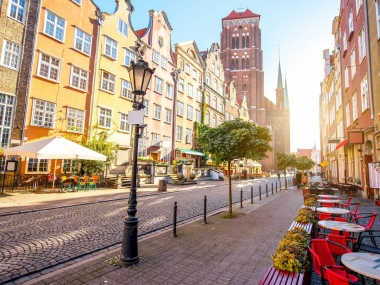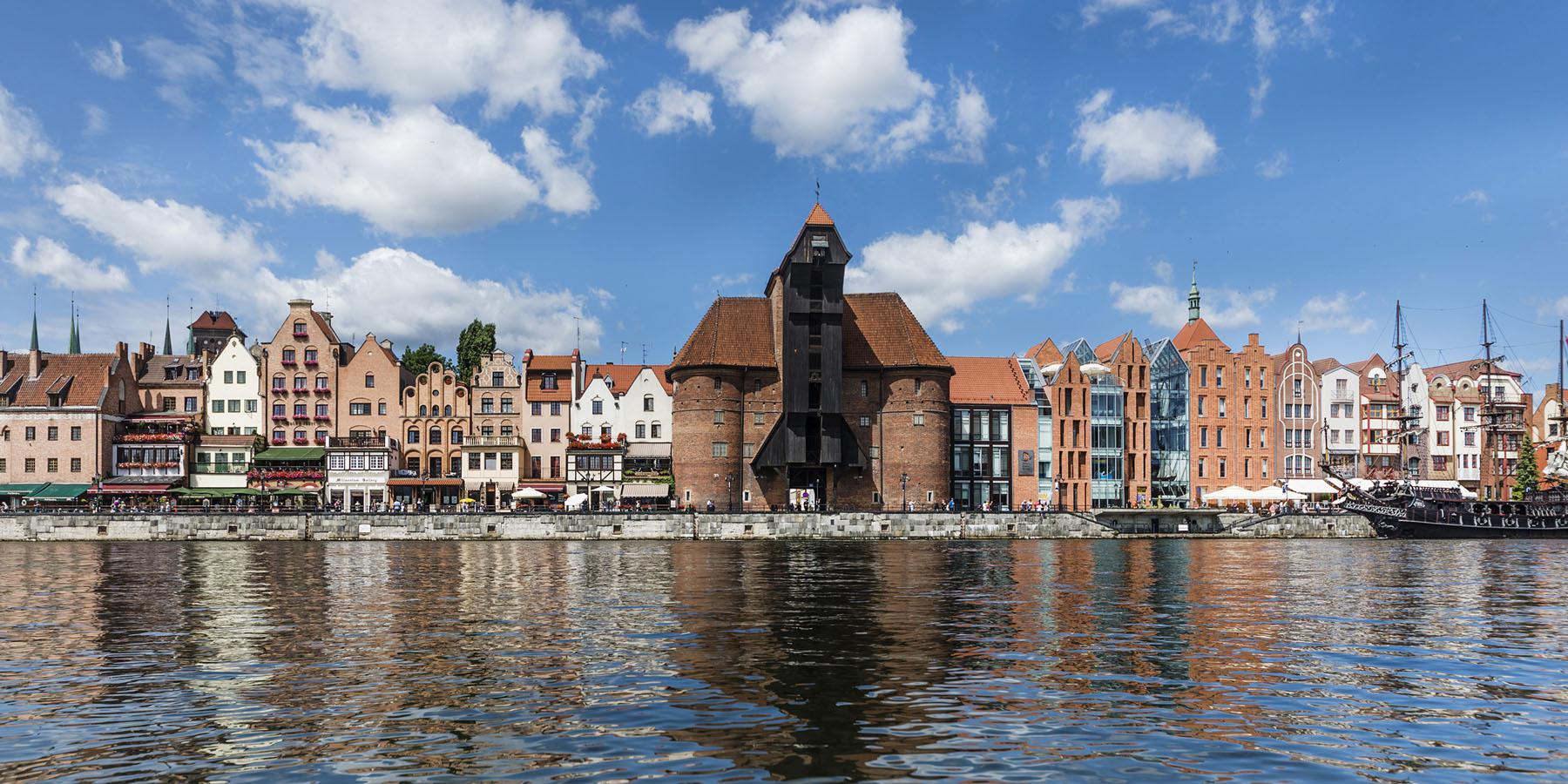Gdansk-Gdynia-Sopot Metropolitan Area
Edited on
11 February 2022Our partner Gdansk-Gdynia-Sopot Metropolitan Area (OMG-G-S) fosters the cooperation between the tri-city and its surrounding municipalities. Home to the main port in Poland and a vibrant economy, it is the fastest growing area of the country, posing new challenges for mobility and urban development.

The Gdansk-Gdynia-Sopot Metropolitan Area (formerly the Gdansk Metropolitan Area or GOM) was established on 15 September 2011 to strengthen cooperation and achieve the harmonious development of the entire metropolitan area around Gdansk by making the best use of its potential of member cities and municipalities, while at the same time respecting their differences and unique features.

The Gdansk-Gdynia-Sopot Metropolitan Area and its location in Europe
Its establishment was an initiative of Gdansk Mayor Pawel Adamowicz, who in early 2011 invited dozens of local governments to discuss the issues of the metropolitan area. It was not the first time this topic had been raised, given that discussions had been taking place since the early 1990s, when the fact that Poland needed to support the development of large urban areas was first identified. Since 2011, several important metropolitan cooperation initiatives have been conducted; for example, the Gdansk Bay Metropolitan Council, the Gdansk Bay Metropolitan Communication Association and the Metropolitan ticket have all been created. However, none of the initiatives has led to the formalisation of cooperation in the wider metropolitan area. The establishment of the association was also a reaction to the lack of legislative action regulating cooperation in metropolitan areas.
The discussions which led to the establishment of the Gdansk Metropolitan Area lasted several months. They were attended by many mayors, presidents and governors and the presidents and councillors of municipalities, cities and counties, as well as the publishers of the major regional media.
Currently, 54 local governments operate within OMG-G-S, which covers a total area of nearly 6,700 km² and has 1.55 million inhabitants.
The Gdansk-Gdynia-Sopot Metropolitan Area is the fastest-growing area in northern Poland. It is also a significant hub of integration processes in the Baltic Sea region, as well as being an important link in the transport chain, connecting the north and west of Europe with the central and southern part of the continent.

Gdansk as seen from the Motława river. In the center, the Brama Żuraw, a medieval port crane.
In addition, the area is a gateway to the world for the Central and Eastern Europe countries, which are the natural catchment area for the two largest seaports in Poland. These are the only Baltic Sea ports which have a direct connection with the ports of Southeast Asia. The international importance of the Gdansk-Gdynia-Sopot Metropolitan Area is also shown by the ever-expanding network of air connections available from Gdansk’s Lech Walesa Airport, the number of companies with foreign capital and the number of local companies which have invested abroad. It is further proven by the number of international agreements signed with our universities, the increasing number of foreign students and the number of joint research projects.
Likewise, there is recognition of the Gdansk brand, which around the world is associated with 'Solidarity', the struggle for freedom and the award of the Nobel Peace Prize to its leader Lech Walesa.
Its association with the successful organisation of the UEFA EURO 2012 football championships has further enhanced the Gdansk brand.
These and other factors give the Gdansk-Gdynia-Sopot Metropolitan Area a high international ranking, placing it within a network of metropolitan areas. It is these factors which mainly determine its competitiveness, considered alongside parameters such as GDP and population.
There are different levels of networking, such as local, regional, national, continental and global, yet the Gdansk-Gdynia-Sopot Metropolitan Area can rightfully take its proper place in each of these.
Images: muskat.pl
 Submitted by Mikel Berra-Sandín on
Submitted by Mikel Berra-Sandín on
